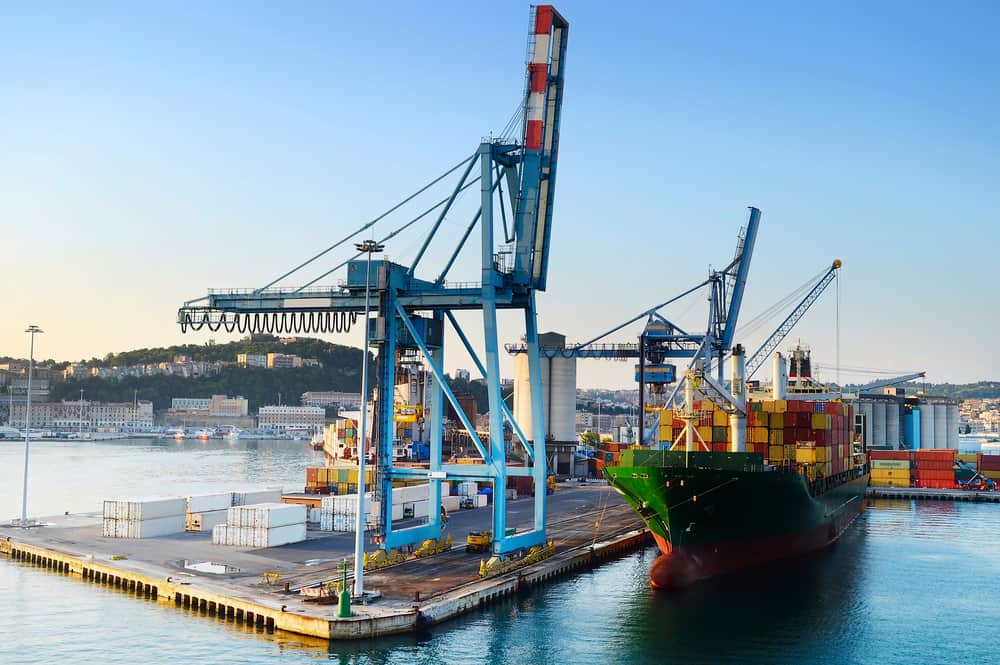Analysts now estimate that drastically reduced volume and capacity on the Asia-Europe trade route has bottomed out as the market adjusts to the new reality of a COVID-19 world.
According to a report on JOC.com, over 120 sailings have been cancelled as a result of the COVID-19 pandemic, removing the volume and capacity for nearly two million TEUs from the trade route during the second quarter of this year. After experiencing severe disruption and turmoil as a result of the unexpected global crisis, supply and demand has started to balance out, and carriers – and the overall shipping ecosystem – have started to adjust to a “new normal.”
In place of this drastically-reduced amount of cargo, blank sailings are being used to compensate. In recent weeks, analysts believe the number of blank sailings has stabilized, leaving Asia-Europe trade with some level of certainty after weeks of volatility.
Will the economic recovery come any time soon, and will it be robust?
The answers to two of the biggest questions of the COVID-19 pandemic hold the key to ushering in certainty and stability within the global trade system. First, shippers and investors want to know when the economic recovery will begin in earnest. At the moment, despite signs of stabilizing, there are still may unknowns about when things will truly get back to normal, and when demand will return to pre-COVID-19 levels. As the situation in both Asia and Europe continues to be very fluid, there’s no clear answer. Second, shippers and investors seek to know that when the global economy does begin to recover, that the recovery will be robust and capable of restoring much of the past economic order. Will there, perhaps, be a permanent “new normal”? Only time will tell as the situation is changing by the week.
Until shippers and investors have clear answers to these questions, no element of Asia-Europe trade – or any global trade route for that matter – will return to normal. It is clear that there will continue to be volatility and disruption. In the meantime, Europe’s top ports are preparing to weather the “new normal” for an extended period of time. We recently reported of disruptions at the Port of Rotterdam. That port is continuing to prepare for reduced activity for at least the rest of the second quarter, and likely into the third quarter.




